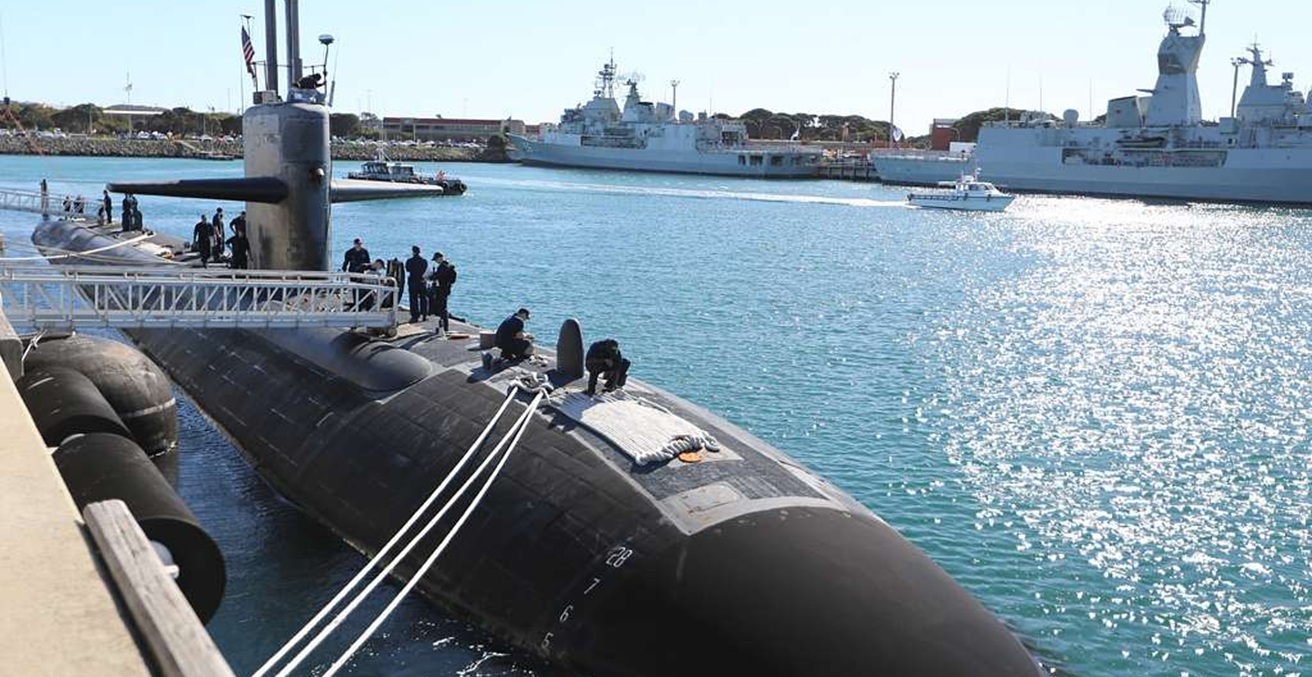Alexander Lukashenko consolidates his authoritarian regime following the vile arrest and treatment of Roman Protasevich. European leaders imposed sanctions on Belarus, which has only seemed to strengthen its allegiance with Russia.
On 23 May, Ryanair flight 4978 en route from Athens to Vilnius was hijacked by the Belarusian government on the false premise of a bomb threat, forcing the flight to promptly land in Minsk. The next turn of events followed the arrest of a journalist dissident, Roman Protasevich. Falling not far from Soviet practices, Alexander Lukashenko arrested Protasevich on the grounds of terrorism.
Lukashenko’s effort to tediously track down opponents is a direct reaction to the protests witnessed in 2020. Over several months, the protesters in Minsk vocalised a push against fraudulent elections and challenged Lukashenko’s legitimacy. Protasevich took part in these protests in the sense that he used the NEXTA channel on the social media platform Telegram to spread information and organise protests against the government.
The name of the channel comes from the Belarusian word “Нехта” (Nehta), which translates in English as “someone.” As the name’s rhetoric suggests, this platform circulated thousands of Belarusian anonymous tips to the channel. The creation of this platform was an attempt to challenge Belarus’ centralised media – an attempt to foster freedom of speech.
Even with caution, the price for challenging the state has proven to be high. Vindictively, Lukashenko took revenge on Protasevich because the channel founded by this blogger turned out to be a much more authoritative source of information for hundreds of thousands of Belarusians than the state TV channels of Belarus and Russia. Truth threatens the fabric of totalitarianism, making violence the ultimate response.
A truly forced “confession”
With beating marks on his face, Protasevich appeared “testifying” on a video recording a day after his arrest. Protasevich says in the video, “The attitude of the [Interior Ministry] employees towards me has been as correct as possible and in compliance with the law.”
The recorded video is not an interview. It is a scare tactic live streamed on Belarus’ state television that indicates two things: the end of journalistic freedom and the consolidation of totalitarianism. This video is evidence of Lukashenko’s regime’s demonstrative disregard for the norms of international human rights laws and any elementary norms of decency.
Lukashenko is theatrically renewing Stalinist practices of repression on live TV. Stalin’s terror tactics eliminated dissenting members of the Communist Party and anyone else he considered a threat. Similarly, Lukashenko’s bid to punish his own society in the fear of losing power reflects totalitarian characteristics. This behaviour should not come as a surprise, given that Lukashenko’s repressive tactics began in the 90’s.
Lukashenko’s Great Purge
Belarus independence from the USSR in 1990 was not a true break away from the Soviet habitus. Lukashenko has been in office for the past 26 years. Coming to power in 1994, Lukashenko dissolved the parliament, censored independent media, demeaned human rights, and in turn consolidated an authoritarian state. Lukashenko has also successfully mobilised Soviet symbolism to reconstruct a Belarusian identity that fits his political vision. The red-and-green flag was reintroduced in 1995, and the white-and-red-stripe flag was in turn prohibited, which has become a source of contention
What is more alarming is the pattern of disappearances of political opponents. These include former Interior Minister Yury Zakharanka, former chairman of the Central Election Committee Viktar Hanchar, and Belarusian journalist and cameraman for the Russian Public Television Channel One Dmitry Zavadsky. One can speculate that these figures were victims of politically motivated abductions and posed a threat from a stance of established status.
Dead man walking
But what about Protasevich? It is significant to consider that Protasevich is not a political activist, presidential candidate, parliamentarian, or in any way involved with the opposition party. He is an ordinary man that challenged Lukahsenko’s credibility and a fragile ego. Lukashenko has gone to extreme lengths to vilify Protasevich by connecting him to the Azov Battalion. While the exact nature of his involvement with Azov is difficult to know, Belarusian state media have seized upon it in an attempt to portray Protasevich as an extremist. In an effort to distort reality, create conflict, and secure legitimacy, authoritarian states mobilise propaganda against domestic and foreign opponents. Russia, for example, has portrayed Ukraine as a fascist state.
Lukashenko has recently invited “investigators” from the self-proclaimed and internationally unrecognised Luhanks People’s Republic to interrogate Protasevich. The act of inviting “investigators” without jurisdictional credibility proves the vulnerability of Belarusian citizens in its own state and in turn diminishes any hope for Protasevich’s release. Lukashenko is targeting his own society and is going to war with his own people, which can prove to be detrimental to the life of Belarusian civic society.
Hijacking opponents has further solidified the authoritarianism of Lukashenko, which leads to questions such as is Belarus’ opposition diminished? Will we see protests? The protests of 2020 have failed to create democratic change, and Lukashenko’s violent crack-down on those involved does not offer a glimmer of light. Belarus has once more isolated itself from the international community and in turn reinforced its dependence on Russia.
Politicising air space
The flight map visually illustrates European Union’s efforts to ban planes from entering Belarus airspace as a direct response to the inhumane arrest of Protasevich. EU ambassadors agreed to require member states to deny the country’s carriers landing and taking off rights and forbid them from overflying the territory of the 27 member states. The European Union Aviation Safety Agency issued Safety Directive 2021-02, which prohibits the National Competent Authorities in EASA member states to conduct operations in Belarus airspace. These efforts further isolate Belarus from the EU, but it is unlikely this will help free Protasevich.
However, Belarus has shaped itself as an outsider not only on the basis of its inhumane treatment of opposition and Belarusian civil society, but as an ally of the Federation of Russia, which in turn politically and economically isolates it from the EU. While the EU has made the effort to confine airspace and apply economic sanctions, these might prove useless given that Lukashenko predominantly relies and survives on an economic and political alliance with Russia.
While Lukashenko solidifying his power is a favourable outcome for the Kremlin given that it allows Russia to expand its sphere of hegemonic influence in post-Soviet spaces and buffer against the pressures of EU and NATO. The Belarusian reality is that Lukashenko’s totalitarian trajectory stems from a historically failed democratic transition, the repercussions of which are seen in the menacing treatment of opposition.
Anastasiya Byesyedina is a PhD candidate at The University of Sydney in the Department of Government and International Relations, Postgraduate Teaching Fellow at the University of Sydney, casual lecturer, teacher, and Writing Hub Fellow. Her study focuses on identity construction, revolutions and post-Soviet space. Anastasiya does not work for, consult, own shares in, or receive funding from any company or organisation that would benefit from this piece, and has disclosed no relevant affiliations beyond their academic appointment.
This article is published under a Creative Commons Licence and may be republished with attribution.




